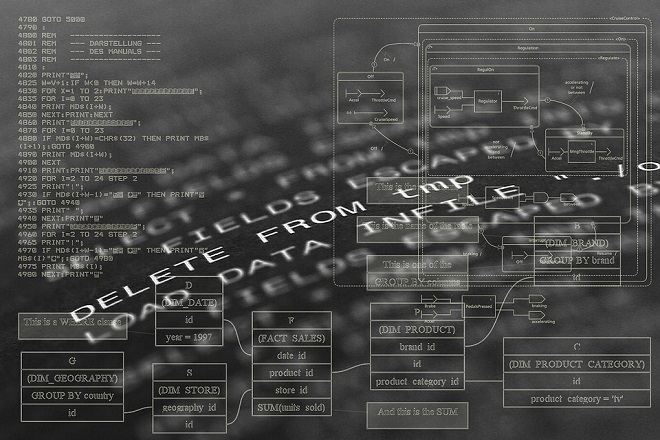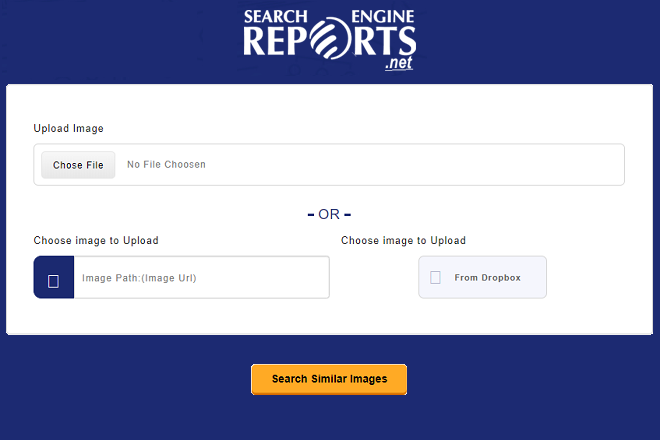The invention of the Internet and smart technology have made anything possible. These days, people are overloaded with information because there is an abundance of sources available for their single query.
If you look at the Business Intelligence(BI) field, they deal with lots of data and information on a daily basis. Their primary role is to ensure how to utilize data and information in such a way so that businesses get desired outcomes with minimum shortcomings. But what astounds is that even today, organizations believe that data and information are interchangeable terms.
What are Data and Information?
However, both are completely different terms and should be used in an accurate manner; otherwise will have a detrimental impact on the Business Intelligence strategy of any organization.
It means the words Data and Information look similar but both have lots of difference if the organization wants to get accurate results. Still, confused? Following simple examples will help you understand the clear distinction between these two terms.
- 123,456- this is called Data.
- 12-34-56- now that is information
Still not clear?
- I ordered coffee from Starbucks- Data
- I have spent $20 on coffee and ordered it from Starbucks- Information
These are simple examples that help you understand the difference between the terms.
What is Data?
The word “Data” originally derived from the Latin word datum, it means “to give.”
Data can be defined as a collection of facts, concepts, or instructions in a proper manner, which should be later used for communication, interpretation, or processing by human or modern technology to make an informed decision.
Data is represented with several characters such as alphabets, in numerical form, or special characters.
Let’s understand it more precisely by giving a real-life example.
Today, the on-demand business model is reshaping the world around us. Right from food to grocery to medicine to taxi-everything can be obtained at people’s doorsteps. Uber has given birth to this gig economy.
After witnessing Uber’s success, more and more business owners are adopting its business model to maximize their profitability. If you want to transform your transport business, you would first need to collect data. To collect this data, you must ask specific questions such as,
- Which type of cabs are usually booked by passengers?
- For how much distance they book a cab?
- How will you earn a profit?
- How will you promote your transport business?
- Will your service be accessible globally or limited to a particular region?
Whatever you collect to answer the above questions called Data. Collecting the Data is nothing new but analysis and utilization of it make data valuable.
What is Information?
We have understood the meaning of Data; now it turns to go through the exact meaning of the term” information.” Information is the processed, organized, and structured type of data that provides context for data and can be grasped easily.
It means information is knowledge or insight communicated or received from particular data; it can be represented in symbols or signs that can be interpreted as a message. In simple terms, information is the message that is transmitted, whereas data are facts. Once the Data is processed, structured, or presented in a meaningful manner, it becomes information.
Well, this was the technical meaning explained and accepted by many experts. To understand it more precisely, let’s take a real-life example.
For instance, if the Data is generated by recording the movement of the earth’s surroundings, the information gathered from these data could be used to monitor the earthquake and other land activities. Keeping in mind the current situation, if the Data is generated by the people contracting the Coronavirus daily, then the data collected could help the government take action.
In short, information is the Data that has been utilized to make informed decisions. For instance,
- Merit list
- Payslips
- Report card
- Printed documents
It may be noted that if the information is being used wisely is often known as knowledge. We have gone through the meaning of both the terms; now, let’s have a look at key differences.
Differences Between Data and Information
The key difference between data and information is that Data is collected from various sources or figures that can be processed, organized, structured to gain information by human or advanced computers. Information is the processed form of data that can be used to make informed decisions.
Data is a number statement that is not accurate and often unprocessed, while information is the accurate form of that Data that can be used to achieve specific goals.
For instance, you are running an online store; a huge volume of data will be generated. It might be a name, email address, payment details of consumers, sales figures, transaction history, etc. It will be challenging to filter such a huge amount of data for a particular task.
Every business generates data, whether it is through sales, email list or bank details, or even casual interaction with customers through chatbots. Once you start to analyze these data and arrange it in a particular form to make the most out of your strategy, you start getting information.
Now, you know the meaning of data and information and explain the critical difference between both with practical examples.
Form
This is the first major difference between data and information. Data is in the form of numbers, letters, or a set of special characters. It also contains symbols, video, or audio data. Those data are collected from different sources in order to make wise decisions.
Whereas the information is well-organized that is based on data. Important and useful data are kept, whereas the rest is discarded. Want to understand more precisely?
For example, consider the below number, 02011994
This figure can be called data because it does not provide any value or meaning. But with the help of the human or advanced system, it can be converted into information.
Let’s think of a context like a birth date- 02/01/1994. It could be an account number or mobile number also.
Decision Making
No matter how and from where you collect data or information, the main aim is to make informed decisions regarding the organization’s growth. You can not make a decision based on the data; you should have accurate information.
To make a decision based on the situation, the very first thing is that you should know and understand the conditions correctly. And this is possible only if you have the right set of information. Information plays a vital role in the decision-making process, whereas Data is meaningless if it is not used wisely.
You can not make decisions based on the data, and if you do, there is a high chance that the decision may prove wrong as it was taken on assumptions.
Reliability
Reliability is another major difference between data and information. If we talk in the term of reliability, then information wins the race. The information is reliable as it is processed through an advanced system and conveys some meaning.
On the other hand, Data is in the bulk form and does not interpret any meaning. Hence, the Data is unreliable as compared to information.
Let’s consider the above number 02011994 again. When we depict as in the form of the birth date, it conveys clear meaning. But if we consider the numbers only, it could be anything such as birthdate, account number, and so on. And that Data is not reliable to make informed decisions.
Data vs Information: What Business Need Today
Every business generates a huge volume of data, and every business can take advantage of those data for growth. It is up to you how you can take advantage of those data. Many business owners are intimidated by the sheer volume of data such as transactions, a list of suppliers and customers, social media, website and application traffic, and whatnot.
Today, we have advanced technology called Big Data that simply generates and arranges Data effectively to make informed decisions. Do you know how companies will harness the data and information in order to survive in the competitive business world? Well, you should shake hands with a data- management partner to handle and process data and information effectively.
Before it gets too late, the organization should roll up sleeves and invest in Big Data Engine for better outcomes.
Conclusion
In short, we can conclude that Data is unorganized information, and information is what we get after processing data. Both terms are very close to each other. But if you think of technicality, Data means input, which is used to generate useful output, which we referred to as information.
Data build information and information is useful to make strategic decisions. Both are interrelated without the one; you can’t have another. A good business is built upon in-depth research that can gather and analyze all of the data.
In short, it’s all about separating the useful from the useless. Today accurate information plays a pivotal role in the development of an organization.
Deep is a serial entrepreneur and blogger who wishes to support the ground transportation industries with his writings. He covers up all the known and unknown facts around the industry and puts it together to create trending articles across different websites. He also includes details on the latest trends, fun facts, business expectations, strategies, and models to follow to achieve success in the transportation sector.




